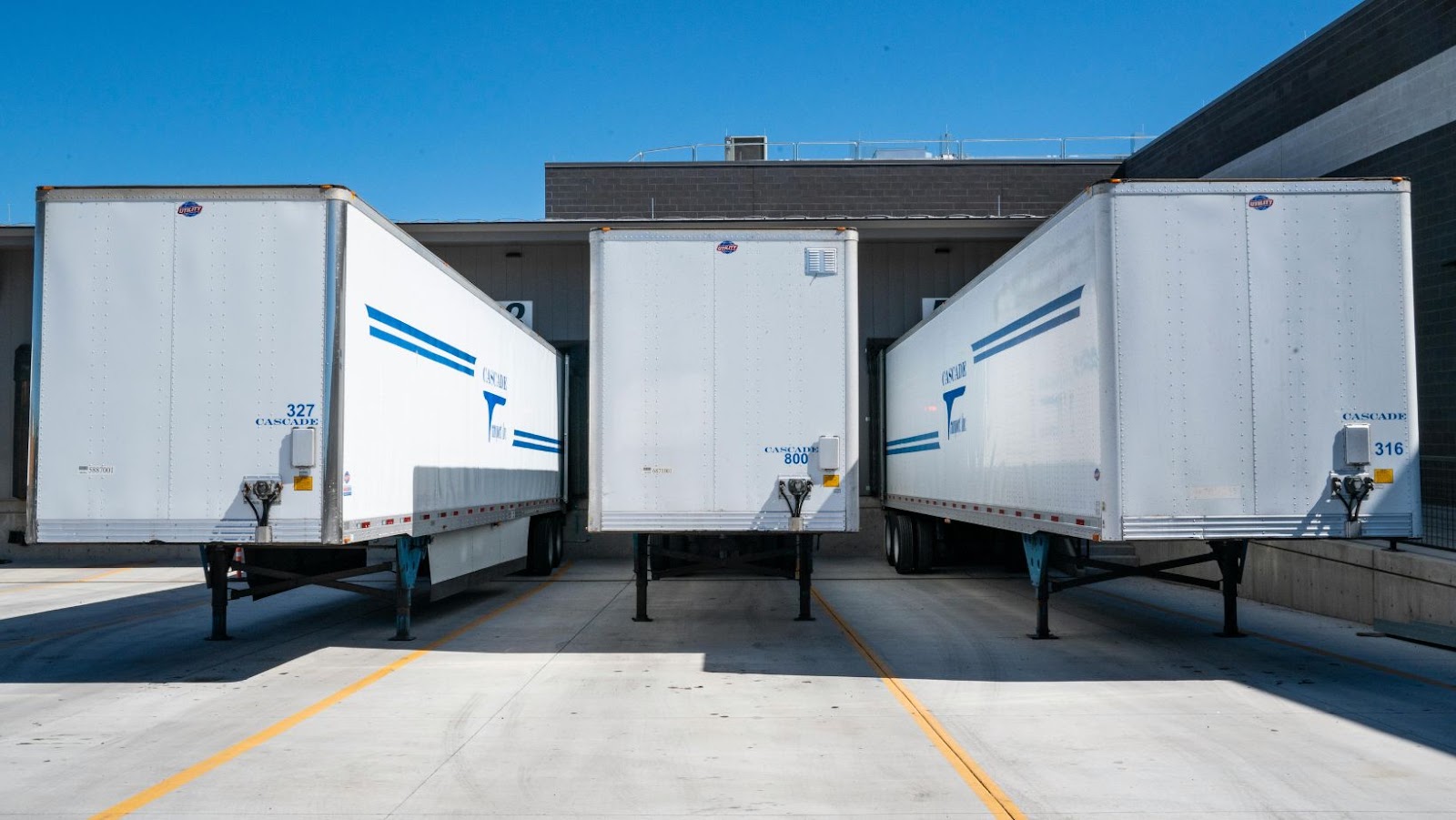 Introduction
Introduction
In the vast and diverse landscape of Australia, delivering goods to remote locations presents unique challenges that impact both businesses and customers alike. From extensive distances and unpredictable terrain to sparse populations, the final mile—the last step in the delivery process—can significantly affect efficiency, costs, and customer satisfaction. This blog explores how specialized final mile services are key to overcoming these hurdles, ensuring that products reach their destination in a timely and cost-effective manner.
Understanding Remote Delivery Challenges in Australia
Australia’s geographical vastness and varied landscape pose significant logistical difficulties for standard delivery services. The country spans over 7.6 million square kilometers, much of which is sparsely populated or uninhabited. For businesses, this means grappling with extended delivery times, higher costs due to the distances involved, and finding carriers willing and able to navigate these remote areas effectively. Additionally, the lack of infrastructure in these regions can lead to delays and damage to goods, further compounding the delivery dilemma. These challenges can threaten customer satisfaction, strain business operations, and increase the environmental footprint of deliveries.
The Role of Specialized Final Mile Carriers
Specialized final mile carriers in Australia differentiate themselves by tailoring their services to meet the unique demands of remote deliveries in Australia. Unlike traditional carriers, they possess local knowledge, infrastructure, and the technology needed to navigate the country’s challenging terrains. 
Benefits of Using Specialized Final Mile Services
Adopting specialized final mile services in Australia offers several advantages, particularly in facilitating the seamless delivery of online deals to consumers. Firstly, the local expertise and optimized routes employed by these carriers lead to faster delivery times, directly enhancing customer satisfaction—a crucial element when consumers expect quick delivery of promotional items or sale goods they’ve purchased online. Secondly, their ability to navigate Australia’s remote areas efficiently can significantly reduce shipping costs. This reduction is particularly beneficial in the context of online deals, where both businesses and consumers are often looking for the best value, making shipping costs an important consideration in the price-sensitive online retail market.
Additionally, reliable delivery schedules and enhanced tracking capabilities mean customers are kept well informed about the progress of their items, from dispatch through to delivery. This transparency is especially important for customers eagerly anticipating the arrival of items bought during online promotions or sales. It further improves the end-user experience by managing expectations and reducing the number of customer service inquiries businesses must handle regarding order statuses. Overall, specialized final mile services not only support the efficient distribution of online deals across Australia’s challenging landscapes but also play a pivotal role in reinforcing consumer trust and satisfaction in the digital retail space.
Key Considerations When Choosing a Final Mile Carrier for Remote Areas
When selecting a specialized final mile carrier for remote deliveries, several factors should be considered. Reliability is paramount; businesses should look for carriers with a proven track record in delivering to remote areas. The carrier’s coverage area is also crucial, as it must align with the business’s needs. Cost is always a consideration, but it should be weighed against service quality — cheaper isn’t always better. The technology used by the carrier for tracking and communication can also play a significant role in the delivery process, improving transparency and efficiency. Lastly, excellent customer service from the carrier can make a significant difference in resolving any issues that arise swiftly.
How to Implement Changes in Your Business
To integrate specialized final mile services effectively, start by assessing your current delivery challenges and identifying the remote areas you serve that are most problematic. Research potential carriers, focusing on those with strong reputations in those areas. Engage with several carriers to discuss your needs, and don’t hesitate to negotiate to get the best possible service at a reasonable price. 
Future Trends in Remote Delivery Logistics
The landscape of remote delivery logistics in Australia is continually evolving, with technology playing a leading role. We can expect to see more use of drones and autonomous vehicles, aiming to reduce delivery times and costs further. Additionally, sustainability will become increasingly important, with carriers looking to minimize their environmental impact through more efficient planning and the use of electric vehicles. The customer experience will also be enhanced through better use of data analytics and AI, providing more accurate delivery estimates and personalized delivery options.
Conclusion
Overcoming the remote delivery challenges in Australia requires leveraging the specialized expertise of final mile carriers. Their local knowledge, tailored services, and innovative approaches offer businesses a competitive edge, ensuring products reach their destinations efficiently and cost-effectively. By carefully selecting a specialized carrier and continually reviewing delivery strategies in light of emerging trends, businesses can enhance customer satisfaction, reduce operational costs, and navigate the complexities of Australia’s vast landscapes with confidence.

 Introduction
Introduction













